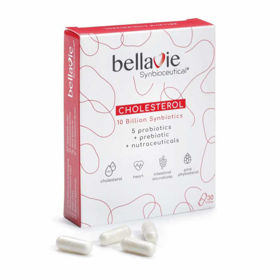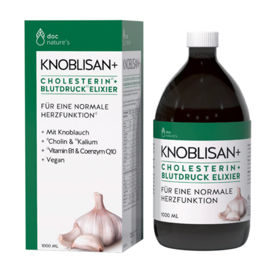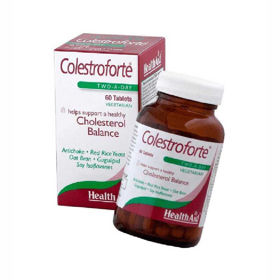Vprašanje stranke:
Kakšne so mejne vrednosti za holesterol? Vprašanje anonimne stranke
Odgovor farmacevta:
Mejne vrednosti holesterola v krvi so pomembne smernice za oceno tveganja za srčno-žilne bolezni. Te vrednosti se običajno merijo v miligramih na deciliter (mg/dL) ali milimolih na liter (mmol/L). Pomembno je omeniti, da so te vrednosti lahko različne glede na dejavnike tveganja posameznika in smernice zdravstvenih organizacij. Spodaj so običajno sprejete mejne vrednosti za holesterol:
Skupni holesterol
- Optimalna raven: manj kot 200 mg/dL (5.2 mmol/L).
- Meja za prehod v povišane vrednosti: 200-239 mg/dL (5.2-6.2 mmol/L).
- Visoko tveganje: 240 mg/dL (6.2 mmol/L) ali več.
HDL holesterol (dobri holesterol)
- Visoko tveganje: manj kot 40 mg/dL (1.0 mmol/L) pri moških in manj kot 50 mg/dL (1.3 mmol/L) pri ženskah.
- Zaželena raven: več kot 60 mg/dL (1.6 mmol/L).
LDL holesterol (slabi holesterol)
- Optimalna raven: manj kot 100 mg/dL (2.6 mmol/L).
- Meja za prehod v povišane vrednosti: 100-129 mg/dL (2.6-3.3 mmol/L).
- Povišane vrednosti: 130-159 mg/dL (3.4-4.1 mmol/L).
- Visoko tveganje: 160-189 mg/dL (4.1-4.9 mmol/L).
- Zelo visoko tveganje: 190 mg/dL (4.9 mmol/L) ali več.
Trigliceridi
- Optimalna raven: manj kot 150 mg/dL (1.7 mmol/L).
- Povišane vrednosti: 150-199 mg/dL (1.7-2.2 mmol/L).
- Visoko tveganje: 200-499 mg/dL (2.3-5.6 mmol/L).
- Zelo visoko tveganje: 500 mg/dL (5.6 mmol/L) ali več.
Zanimivo branje: Tablete proti holesterolu stranski učinki
Zanimivo branje: Zniževanje holesterola brez zdravil








 Facebook
Facebook
 Instagram
Instagram
 info@moja-lekarna.com
info@moja-lekarna.com

